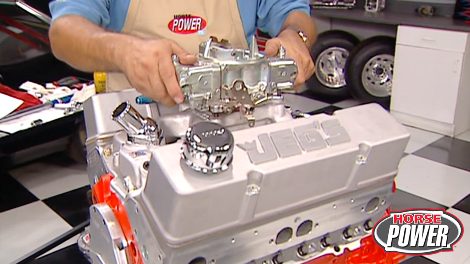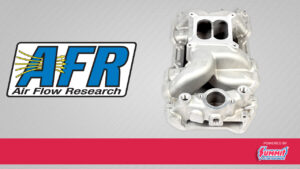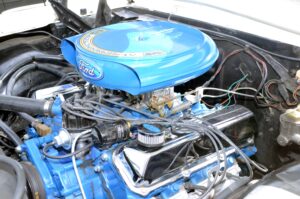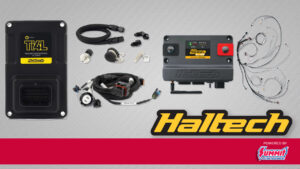
383 Stroker
Chuck and Joe take you through the entire steps of building a 383 stroker motor – from matching to complete assembly. They’ll use new computer software to calculate horsepower and torque even before the engine is assembled. Actual numbers will be made in a nearby dyno cell.
Season 8
Episode 2






























